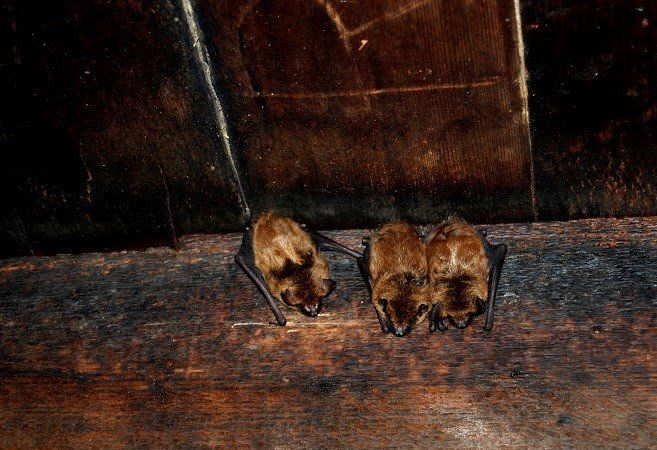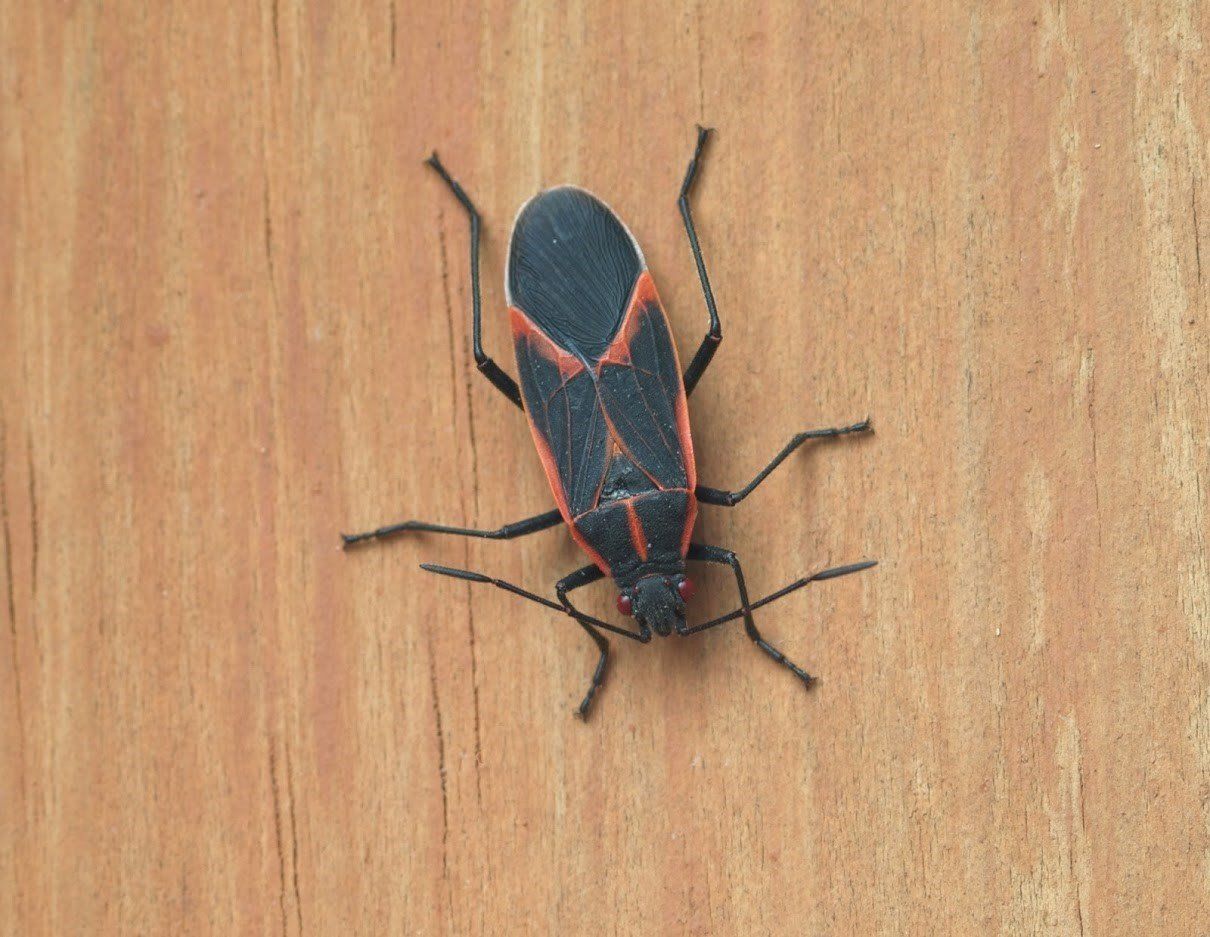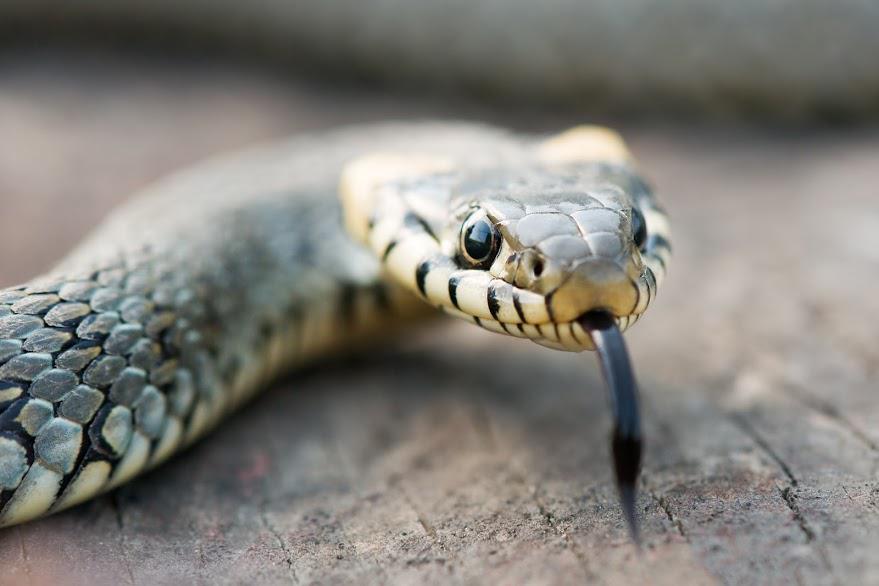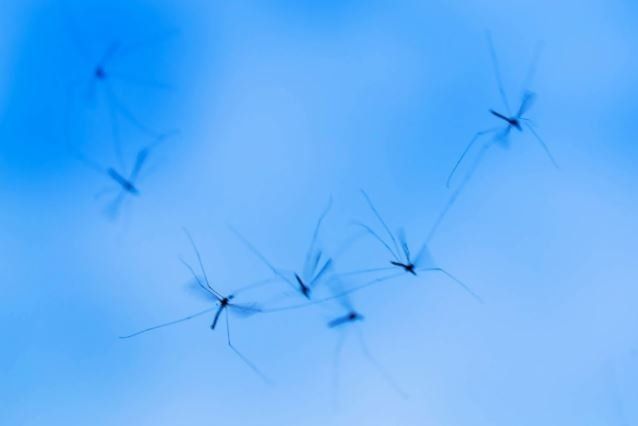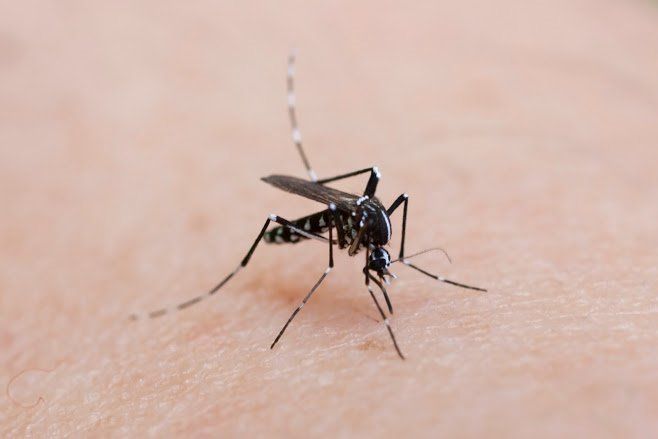How to Reduce the Risk of Pests Before and After Storms
Admin • December 4, 2019

Storms don't just pose a flood risk. Wind and water damage can result in pest problems too. If your home isn't ready for severe weather, take a look at how you can protect it from insect invaders before, after, and during a storm.
Remove Water Collection Points
Leaf-clogged gutters, leftover plant pots, children's toys, and other outdoor items can provide the perfect breeding ground for mosquitoes and other insects. Mosquitoes need water to breed. After they lay their eggs, the larvae typically hatch within 48 hours.
Remove debris from gutters and place any item that could catch or contain water indoors (or in an outdoor shed) before the storm. These simple steps can dramatically reduce the number of potential breeding ground areas. If you forget to clear leaf debris or put your planter pots inside, immediately remove any standing water after the storm or rain.
While mosquitoes are more active in the summer, females can still lay eggs during the cooler months. According to Pest World, females may lay their last batch of eggs for the season when temperatures dip below 50 degrees Fahrenheit. The eggs can stay in a stage of suspended development over the winter months and hatch in the spring.
Keep in mind, even though mosquitoes are a primary concern when it comes to standing water, they aren't the only pests to watch out for. Other insects and rodents are attracted to water as a form of hydration. The removal of all water sources can decrease the risk of a potential pest problem.
Inspect for Water Entry Points
Can water get into your home? Damage to the exterior can allow moisture and stormwater to find its way into the interior. Along with damage to your home, such as wood rot or mold growth, stormwater can also attract pests.
Moist wood flooring, framing, or exterior parts of the walls make easy (and inviting) entry points for pests such as termites and carpenter ants. Fill holes and cracks in your home's exterior, make sure the ground is properly graded, and install exterior or interior drainage as needed. A pre-storm inspection and repair can stop a pest problem before it starts.
Throw Food Away
Did a recent storm cause a prolonged power outage? Spoiled food from a power outage can attract insects and other pests into your home. The U.S. Food and Drug Administration (FDA) recommends removing food from the refrigerator and placing it in a cooler after four hours during a power outage. If you don't have a cooler of the food spoils, don't leave it in your home.
A garbage can filled with food debris will invite unwelcome invaders, such as flies, cockroaches, ants, mice, and other critters. If you have to throw out food after a storm, seal it in thick plastic bags and bring the bags outside. Place the bags in outdoor cans with sealable lids to further reduce the risks of a potential insect invasion.
Inspect for Damage After the Storm
Power outages aren't the only issues that can lead to a potential pest invasion. Wind or hail damage to windows, doors, and other parts of your home's exterior can provide another entry point for insects and rodents.
After the storm is over, carefully inspect the exterior of your home. What may seem like a small crack in a window or a hole in a door can turn into a major problem if you don't repair it quickly. The problem can grow and add to the risk of a potential pest problem.
Do you have a pest problem in your home? Contact Anteater Pest Control Inc. for more information.
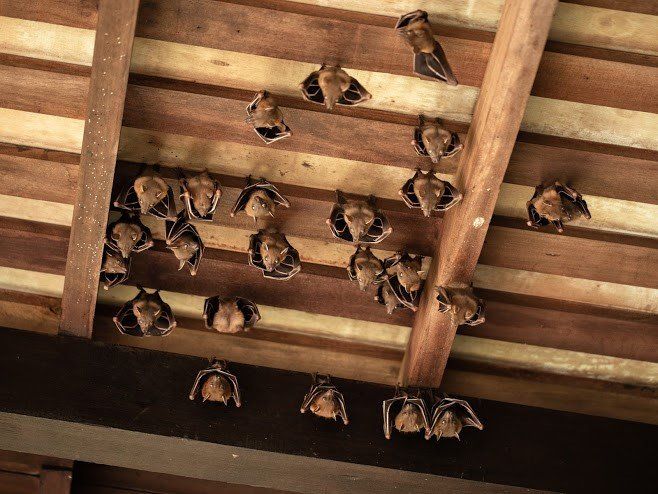
Bats can be cute when you see them in nature, but inside your home, they are more than just a nuisance. Bats can carry deadly diseases, like rabies, which means that if you have a bat, you need to take steps immediately to solve the problem. Removal Options Removal is best left to a professional due to the risks involved. Single Bat A single bat may get into the house through an open window or the chimney. The good news is that this usually is a one-time event and you don't have an infestation. The best course of action is to remove pets and people from the room with the bat, open all of the windows in the room, and then close off the room so the bat can't get into the rest of the house. With luck, the bat will find a window and leave. If you must handle the bat, wear gloves and do not touch the bat directly. The safest option is to call in a pest service if the bat doesn't leave on its own. Roosting Colony Sometimes your home provides the perfect place for daytime roosting. Little-used attics are most at risk, but bats may also colonize crawlspaces, spaces in your walls, or outbuildings. You should not try to remove an entire colony of bats on your own. A pest professional that is aware of local and federal wildlife laws should be called in to trap and remove the bats. Prevention Tactics Once you are free of the bats, your next step is to ensure that they cannot return. Exclusion If a bat can't get into your home, you can't have a bat problem — which is why exclusion is your main goal. Your pest service will inspect your home and find the likely entry points that the bats are using. You can also watch your home during the twilight hours to find where the bats are emerging. Once you know the likely entry points and have had all bats removed from the house, you can seal up the openings so the bats can't regain access to your home. Alternative Dwellings If you live in an area with a high bat population or would simply like to keep these beneficial insect-eaters nearby, then providing alternative dwelling options can be just the ticket for diverting bats away from your home. You can buy or build simple bat boxes. These boxes are typically attached to trees or poles to provide a more attractive roosting space for the bats. Cleanup Safety Bats are not clean animals. If a bat has been roosting in your home, then you will have droppings (called guano) and urine to deal with. Guano Sanitation Bat guano can carry histoplasmosis, a fungal spore that can cause a chronic respiratory disease. If you must try to clean up on your own, you need to cover all of your skin, wear gloves and eye protection, and use a respirator mask. All debris must be cleaned up and all surfaces must be sanitized with a bleach solution. Professionals will also use a HEPA vacuum, which has a strong filter that ensures none of the possible fungal pathogens remain in the air. Dead Bat Removal Extreme caution is necessary if there are dead bats in your home. Conditions like rabies can still be transmitted from dead animals. Wear gloves and do not touch the bat directly if you attempt to remove it yourself. The area where the bat was found must also be completely sanitized with a bleach solution. For more assistance with a bat in the home, contact Anteater Pest Control, Inc.

